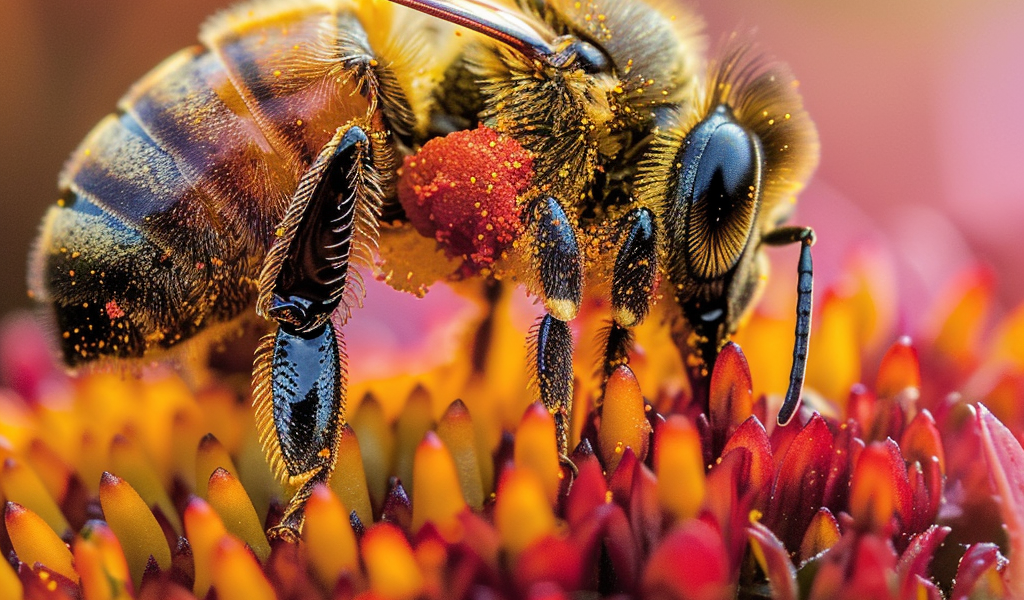Spring is in the air, and with it comes the dreaded yellow-green powder known as pollen. While some may delight in the return of flowers and warmer weather, for many, pollen signals the start of seasonal allergies. As climate change continues to impact our environment, scientists predict that pollen levels will only increase, leading to more intense allergy seasons.
With over 20,000 bee species in the world playing a crucial role in pollination, the impact of pollen goes beyond just causing sneezing and watery eyes. Pollen grains are essential for the reproduction of plants and contribute significantly to the food we consume. In fact, one in three bites of food we eat is a product of pollination.
The numbers surrounding pollen are staggering. A single ragweed plant can produce a million pollen grains per day, and the amount of pollen in the U.S. during the flowering season could rise by 40% by 2100. With allergies expected to affect half of the global population by 2050, the allergy treatment industry is projected to reach a value of $40.4 billion by 2025.
Bees, known for their role in pollination, are crucial for agriculture, contributing over $15 billion to U.S. crops annually. A single honey bee colony can gather up to 40 pounds of pollen in a year, highlighting the vital role these insects play in our ecosystem.
As we navigate the world of pollination and pollen, it is clear that these tiny granules hold immense importance in sustaining life on our planet. So next time you reach for your tissues or allergy medication, remember that pollen, despite its nuisance, is a vital part of the cycle of life.





